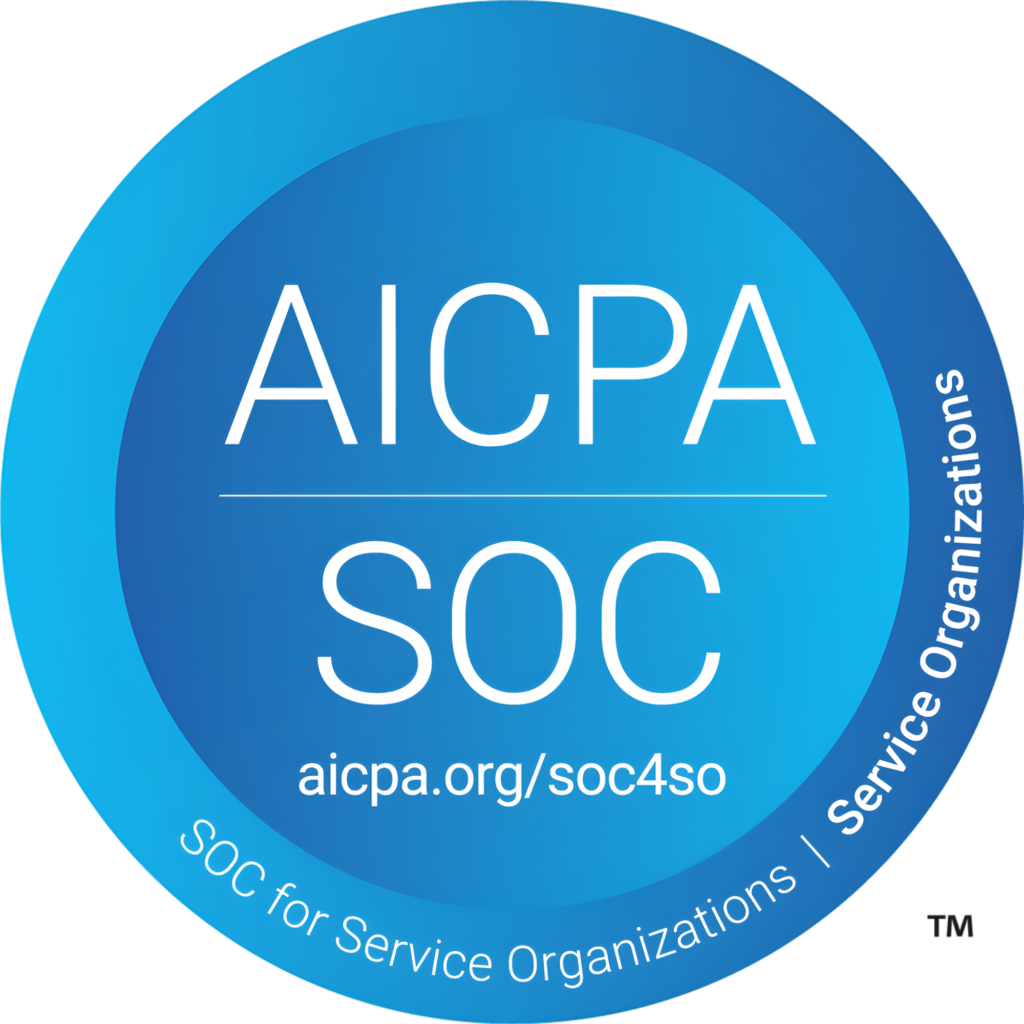Logic Apps as we know are a managed service that offers a way to streamline and execute scalable integrations and workflows in the cloud. It is the Azure Integration platform as a server solution from Microsoft. Automation and modeling of client’s process are done by the visual designer by using Logic Apps. The main aim behind Logic Apps is automation of the business processes by connecting to the systems that have both on-premises and cloud presence. This is done by coordinating the calls to system APIs by using a massive set of Microsoft Azure resources and out-of-the-box connectors.
The technology behind the Logic Apps is based on the model of pay-per-execution, where the users have to pay only for the logic apps steps that are carried out each time a new logic app occurrence is invoked. With the presence of a user management dashboard, users of Logic Apps can view important information including configuration properties, a status of latest execution and details on a given execution instance to name a few.
Continue Reading
Components/Anatomy of Logic Apps
Logic Apps comprises of a set of building blocks that work hand in hand for the construction of a process, which would orchestrate integrations between various parts. It offers a graphical path to the users to model their business as a series of steps or workflow. The four major components, which form the blocks of Logic Apps are connectors, triggers, conditions, and actions.
Connectors
Connectors, which are code elements that are bundled together for allowing connectivity to a service, form one of the most basic elements of Logic Apps. Each connector outlines its own API and needs certain data so that it can get configured in order to link to the corresponding service. In case of DropBox connector, a DropBox account is a must for the developer wherein he/she has to use his/her own credentials.
Triggers
The trigger can be defined an event that does the job of kick-starting the workflow, either by simply starting the job without passing any parameters or attaching some initial message to it. Triggers can be categorized into Manual, scheduled and push triggers.
Manual triggers offer an endpoint (URL) that the users directly can call to start the implementation of the workflow. For eg. Manual requests and webhooks.
Triggers that can execute at regular intervals can be termed as the scheduled ones, wherein the schedule can be pre-defined based on regular execution interval or execution based on the specific point in time. For eg. FTP triggers and recurrence triggers.
Push triggers contribute to events associated with external systems and are implemented when that event happens. For eg: Dynamics 365 and service bus.
Actions
Every step in a Logic App characterization can be defined as an action that includes triggers, scopes, for-each loops, conditions, do-until loops, calls to native actions and calls to connectors. An action can be appropriately defined as the work that the developer chooses to perform with the received input from the connector. Actions also form the foundation unit for billing in the new Consumption pricing model.
Logic Apps is simple yet very powerful service that permits enterprises and developers in creating workflows and cloud-based integrations with off-the-rack components. The focus behind Logic Apps is yielding maximum result by investing minimum possible effort. These are user-friendly and have fantastic DevOps story to take the application from development to production in simple, reproducible steps with the control of ARM templates.

